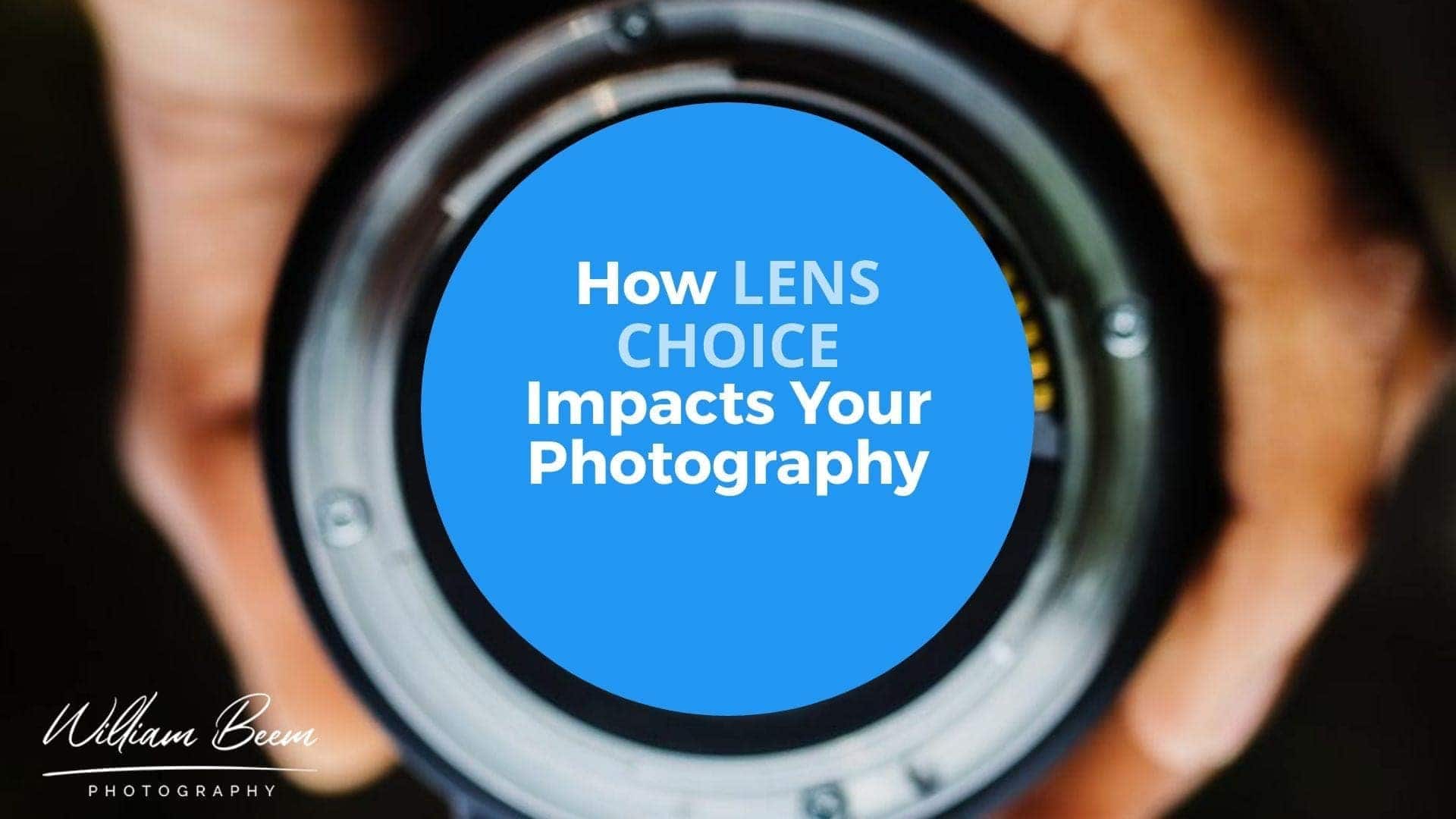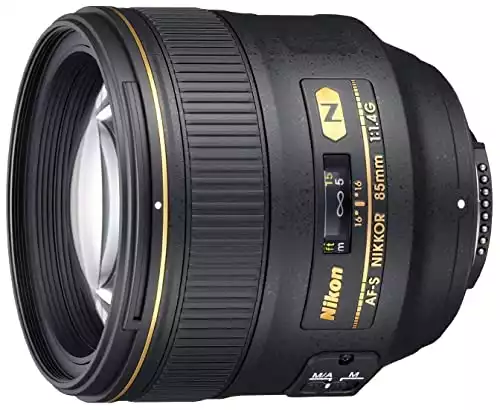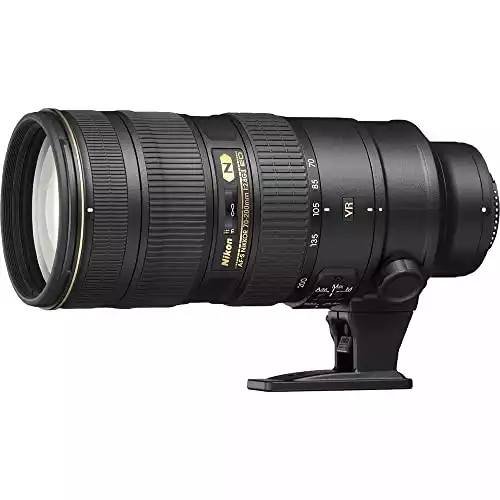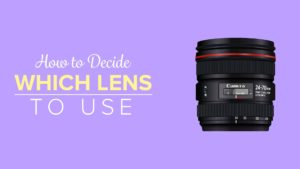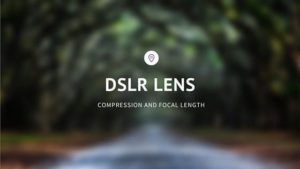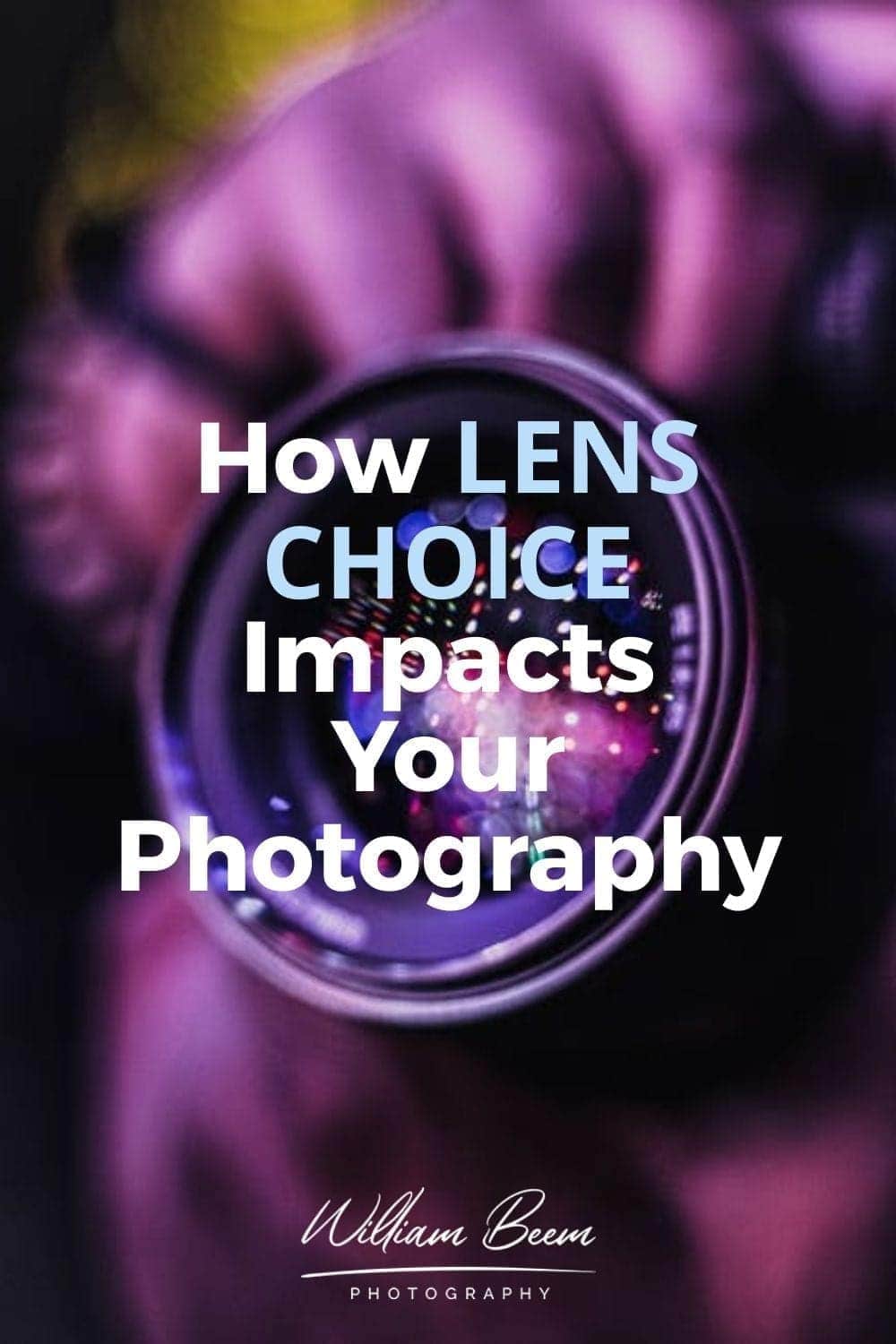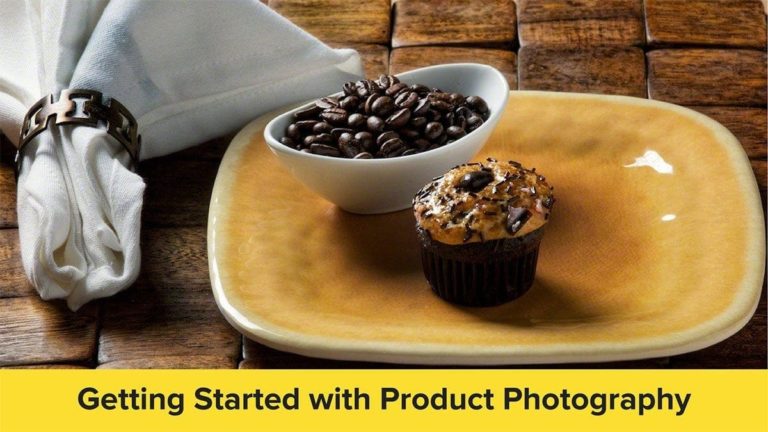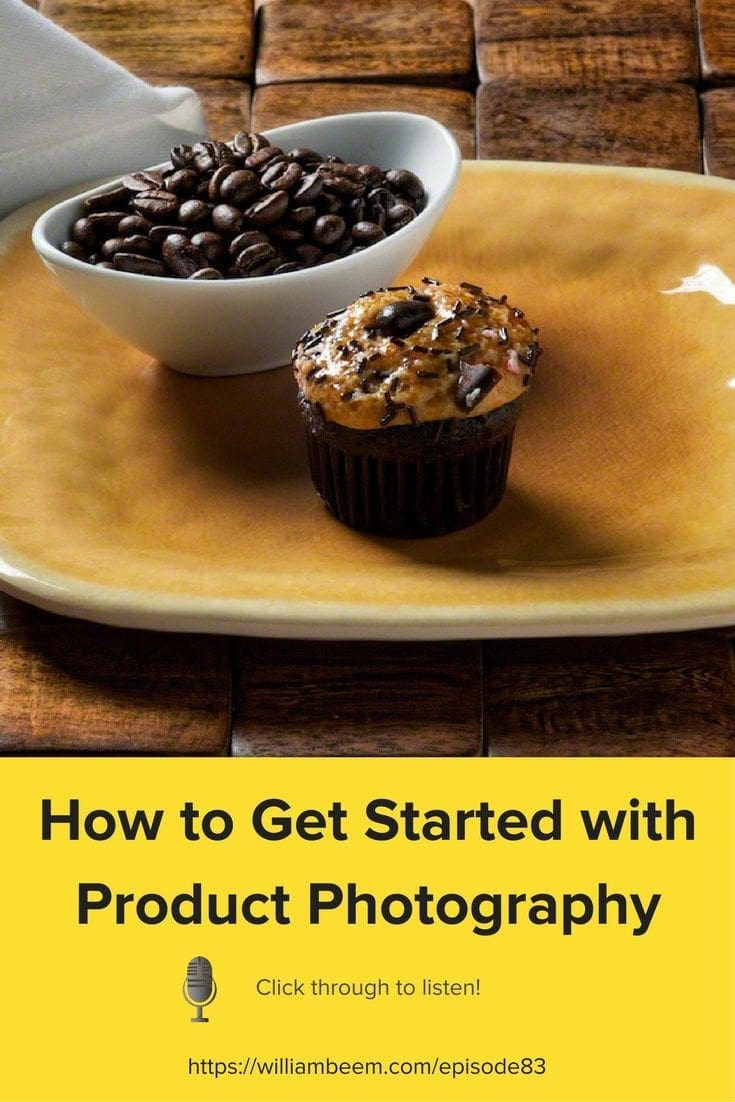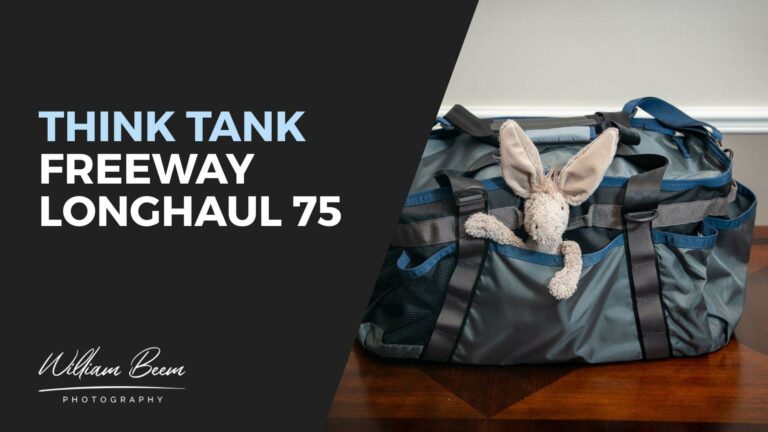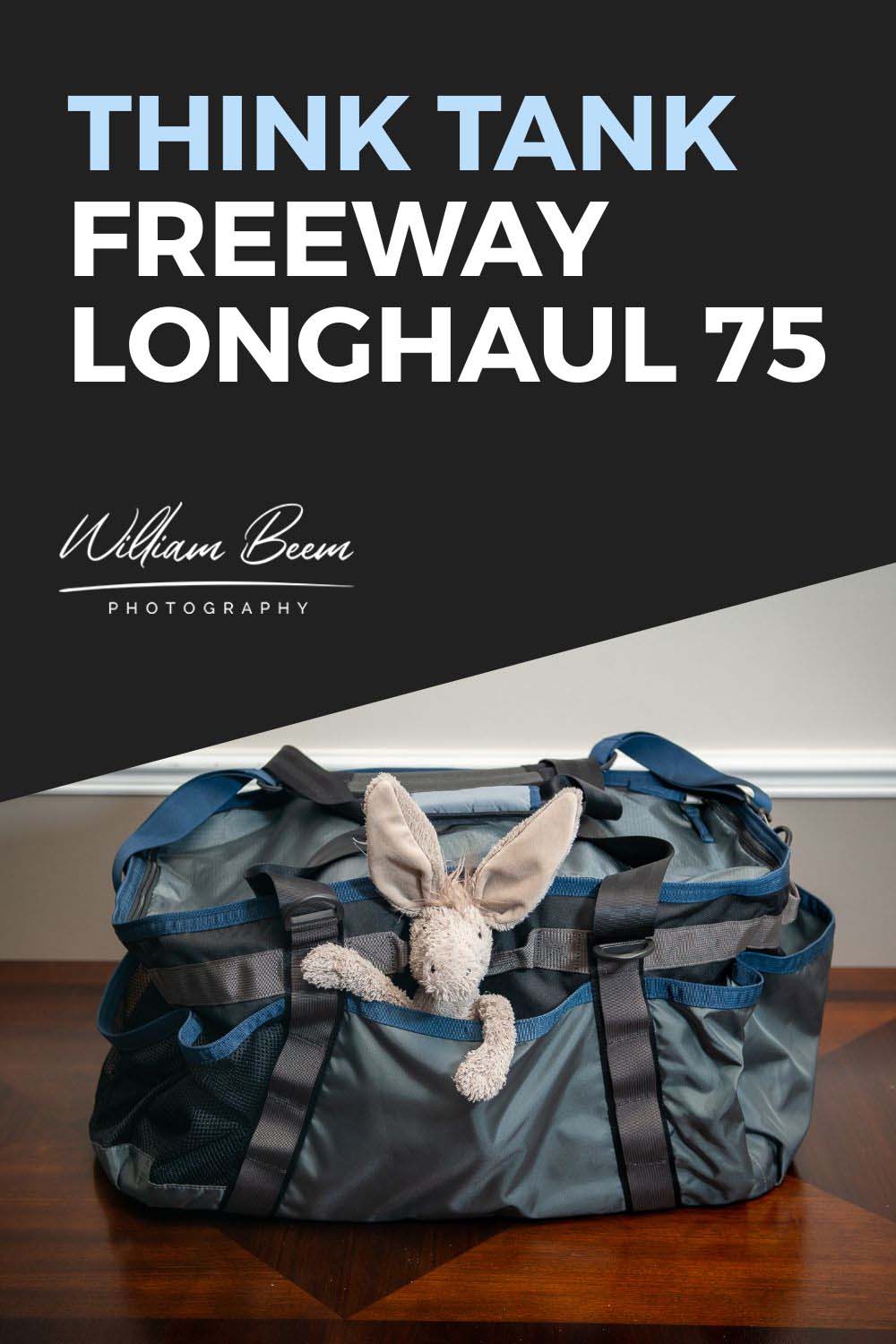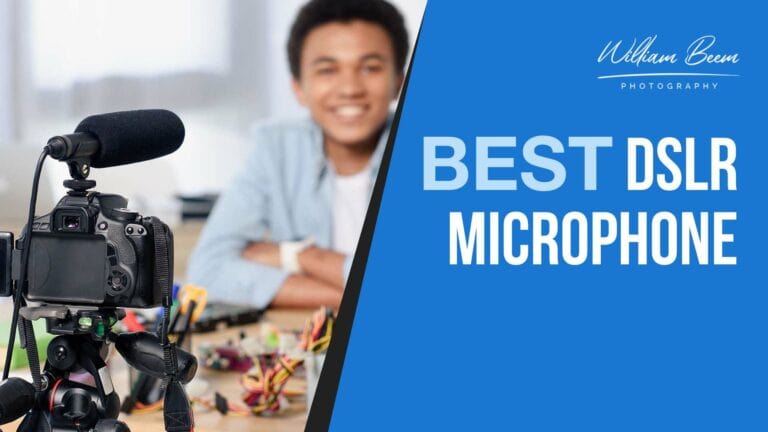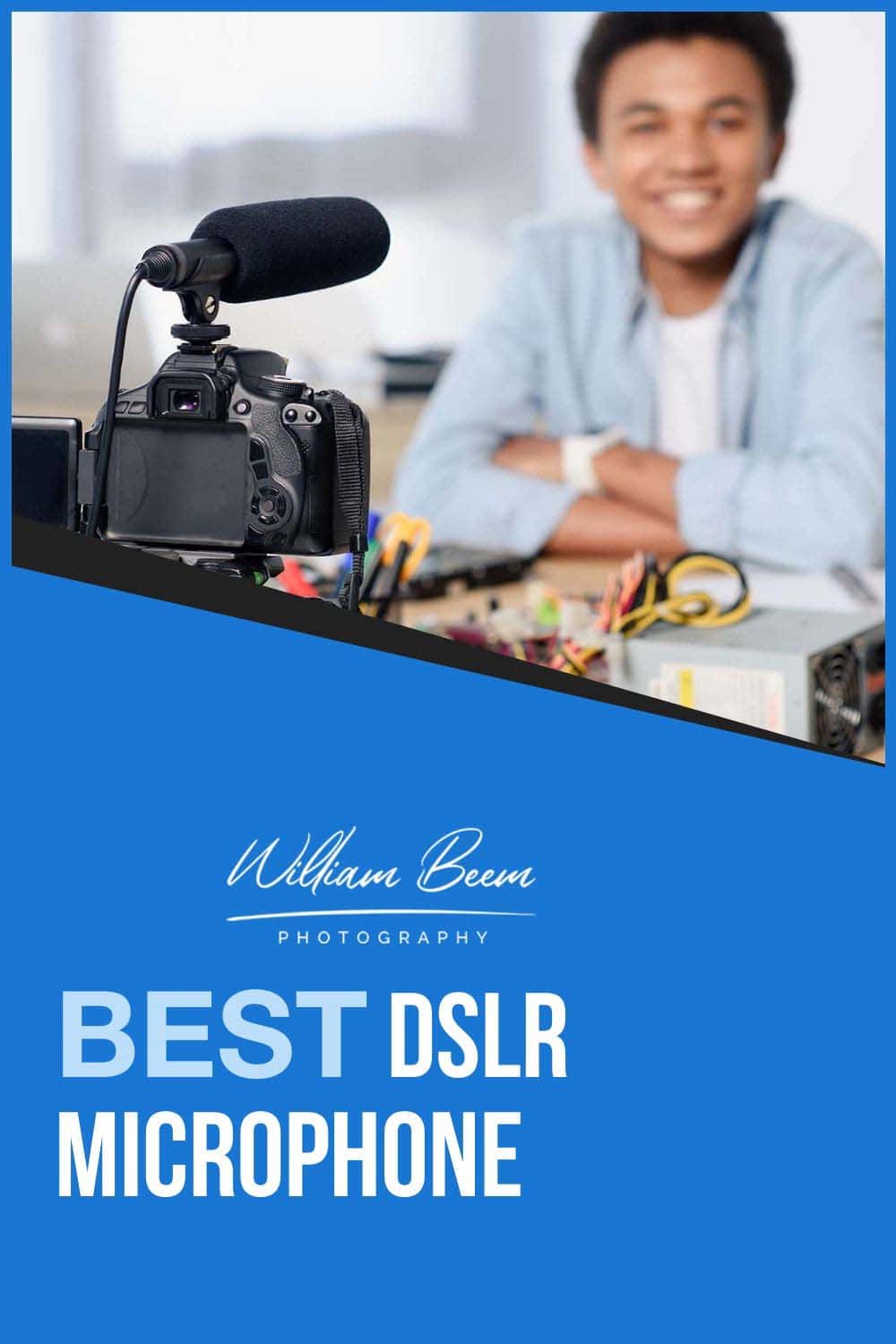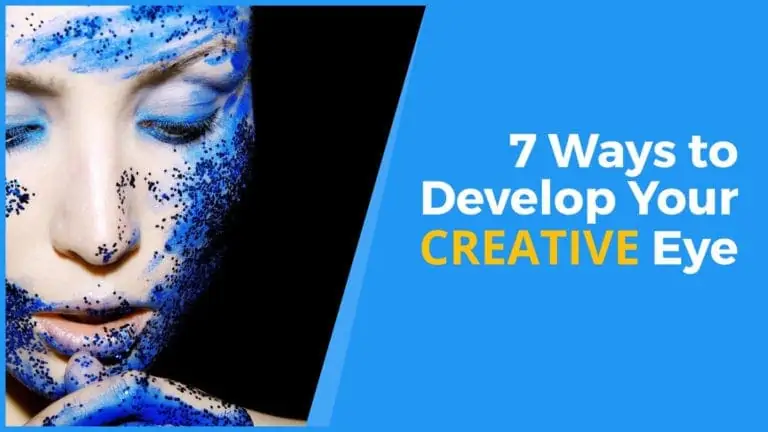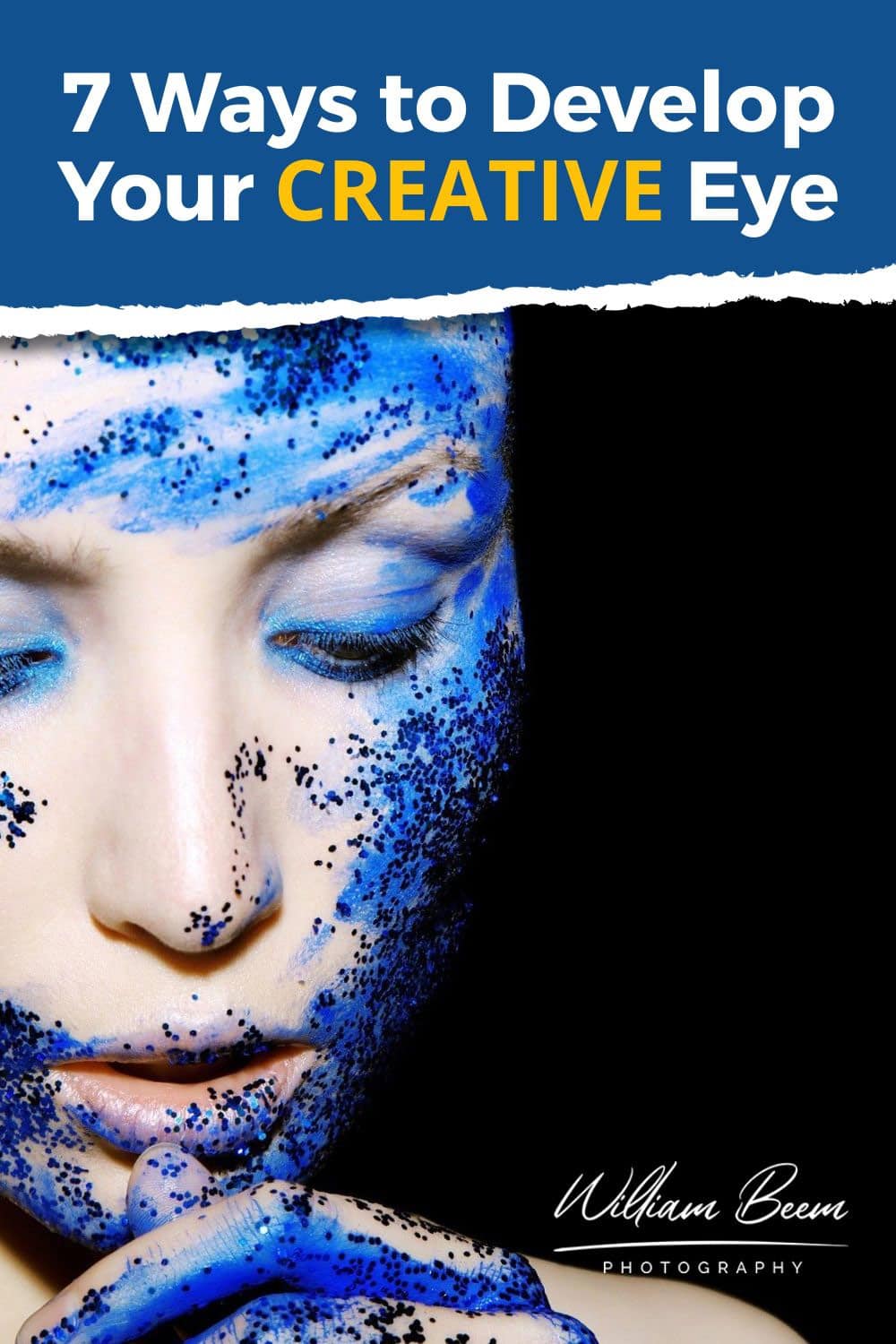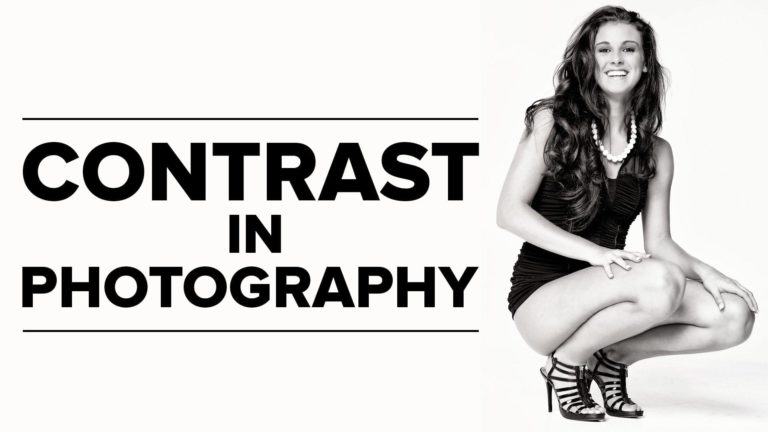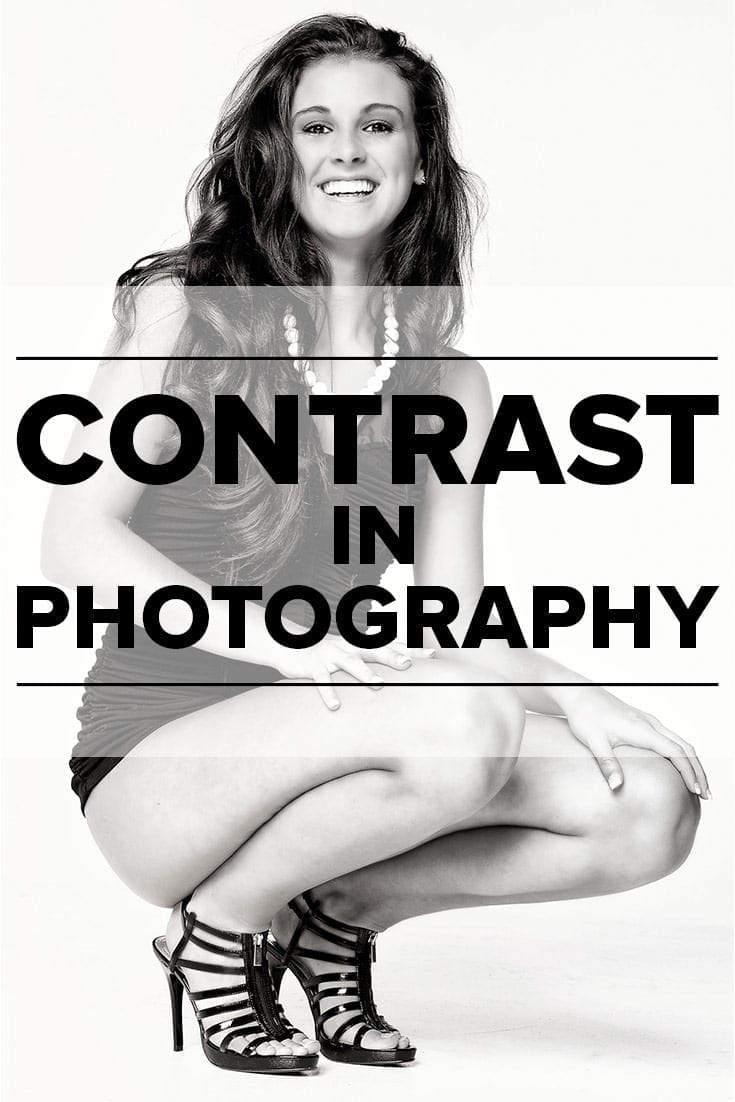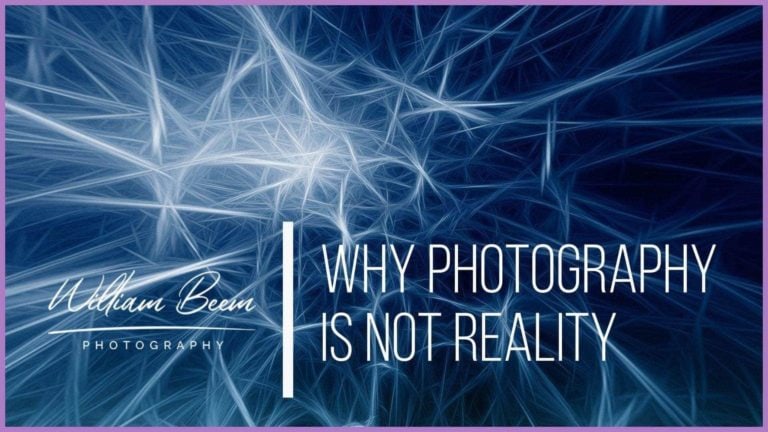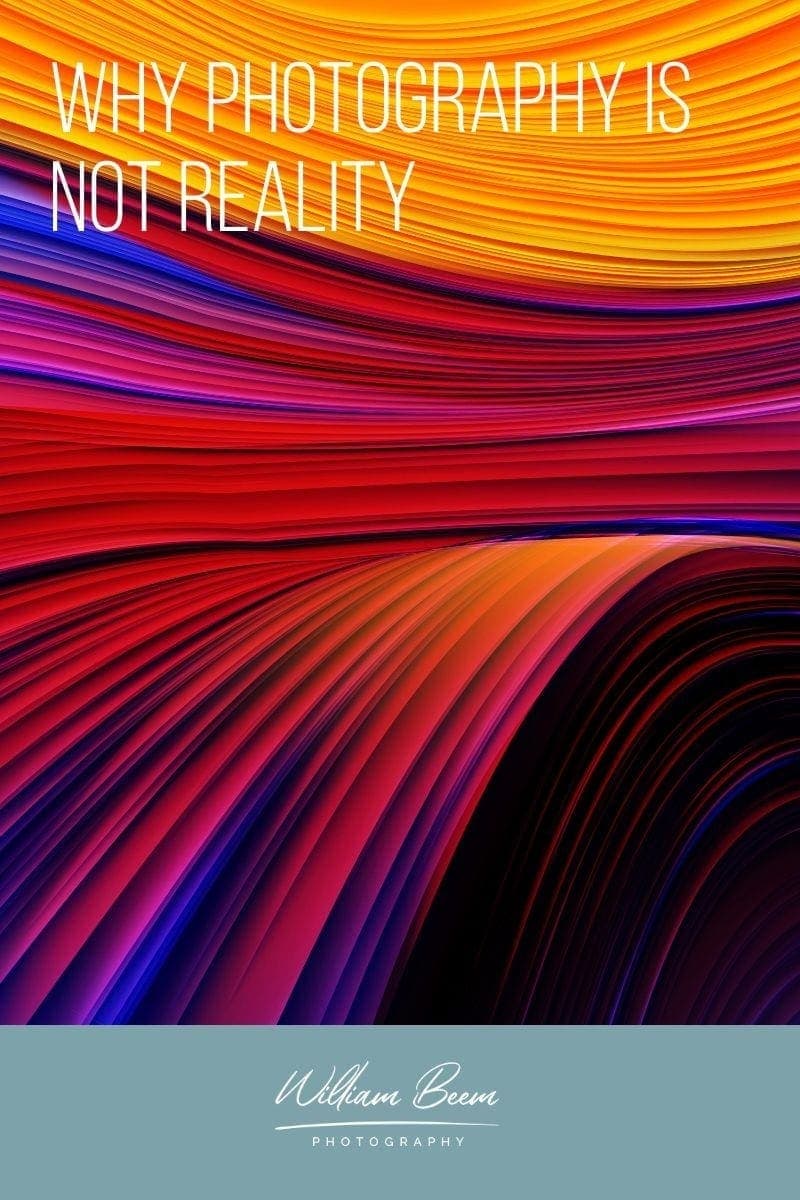Affiliate Disclosure: We earn a commission if you purchase through one of our links at no additional cost to you.
Your lens choice impacts your photography in many ways. The choice determines how you’ll compose your photograph, what issues you’ll have for exposure, and even may impact the quality of your photograph.
The good news is that you may not need an expensive lens to get high-quality results. We’ll discuss some of the features and benefits of your lens choice and how you can decide which lens is the best tool for your next photo.
Your Lens Choice Issues
Let’s break down some ways your lens choice impacts your photography. It’s tempting to think that you need an expensive lens. In some cases, that may be true.
The smart thing to do is realize what you actually need before you go spend money on an expensive lens. Your kit lens may do just fine for your needs.
Here are a few reasons why you may want to consider a pro lens.
The simple truth is that most lenses have a sweet spot in the middle of their aperture range. If you’re shooting between f/5.6 to f/11, your kit lens will likely do just as well as an expensive lens.
For many portrait or product photographers using off-camera flash, this is your sweet spot.
Watch Out for Lens Lust
I fell victim to lens lust a long time ago. If I could go back, I’d change some of my decisions for lens purchases.
When you spend over $2K on a lens, it better be for a good reason. After all, a lens is a tool.
Why do we use tools? To solve problems!
If you’re buying lenses because it seems cool or because other people have those lenses, then you likely aren’t getting value for your money.
So think about the problems you have with your photography and then buy the right tool to solve the problem. Otherwise, you’re spending money for the wrong reasons and likely still have a problem you haven’t resolved.
Here’s an example. People used to talk about the Nikon Trinity lenses. There was a Trinity for zoom lenses and also for Prime lenses.
I bought them all.
No doubt, there are high quality lenses that are outstanding for their intended purpose.
That said, some of them crossed purposes, and I likely didn’t need some of the lenses I bought.
The Nikon 85mm f/1.4mm prime comes to mind. I love it for the bokeh. Glorious! However, I already had the Nikon 70-200mm zoom lens and it also covers that focal range and has glorious bokeh.
So think about what you need before you buy. Think of the problem you need to solve.
If you're in the market for a high-quality portrait lens, the Nikon AF-S FX NIKKOR 85mm f/1.4G should be on your list. Part of Nikon's Holy Trinity of Prime Lenses, this lens is beloved by professional and amateur photographers for its ability to create beautiful bokeh. Whether you're shooting indoors or out, the AF-S NIKKOR 85mm f/1.4G will help you capture stunning portraits that your subjects will treasure for a lifetime.
With a maximum aperture of f/1.4, this lens provides ample light gathering capabilities, making it ideal for low-light photography. The fast aperture also easily isolates your subject from the background, resulting in photos with beautiful foreground details and softly blurred backgrounds. And thanks to Nikon's Silent Wave Motor technology, autofocusing is fast, quiet, and precise - perfect for capturing those precious moments.
With its stunning image quality and fast autofocusing performance, it's sure to become one of your favorite lenses.
The Nikon 70-200mm f/2.8G ED VR II is great for portraits, fashion, travel, or wildlife photography. The fast aperture, f/2.8 zoom features VR II image stabilization, ED glass, and Nano Crystal Coat.
That means you can hand-hold this lens and still get sharp photos without flare or other optical defects. I love this beast.
- Excellent optics
- Very sharp
- Great autofocus
- Wonderful bokeh
- Not inexpensive
- Weight
Time Stamps
When you first get started in photography, chances are you bought a DSLR or a mirrorless camera with something that's called a kit lens. And everybody thinks that Ooh, kit lenses are no good. I need to go get a real professional lens. And then again, you might think I don't have enough money to go get a professional lens. What we really want to talk about today is whether the decision between which lens choice you make and how it impacts your photography is worth the money that you spend on some of these lenses.
Even if you don't have the budget, what can you do with the lens that you have? That's what we're going to talk about today on I Like Your Picture. I'm William Beem. Welcome to I Like Your Picture. The show that helps you improve your photography with visual storytelling. What is visual storytelling? It's a method of approaching your photography with a knowledge of who you're trying to serve with your photos and what emotion you want to make them feel.
We encourage you to concentrate on your subject, light and background to create a photo. Your audience loves. I'm glad you found us. Hi, my name is William Beem. My name is Lee Beem and the things that we want to talk about on this episode is how to decide which lens to use based on what you already have, how your lens choice impacts what you see,
and also when and why you might want to consider a more expensive lens versus a kit lens. So we're going to go ahead and start off with this, because I always like to pick on Lee first and say, Lee, do you really need an expensive lens? No, I've used expensive lenses. It's nice. It feels nice. I have sometimes asked myself whether it's actually the feeling and the knowledge that the lens is more valuable or the actual lens itself,
but makes taking photos feels like a better experience. There, there are little features that you get with a more expensive lens, but honestly, for the first, it was at least two years, maybe longer than I had at DSLR. I was onto my second DSLR. I had what is sold as a kit lens, which is the Nikon 18 to 105.
It's on your camera right now, the 18 to 105. And that's many years later. We're were going back probably 10 years now. But think about this, I've got a lot of expensive lenses. She's borrowed and used some of the lenses that I have and been very happy with them. But the lens that she's using is the kit lens. It is because there've been times where I've taken a lens that you have because for a specific project or purpose,
it has been a better lens because it's available. I didn't always have that option. And I don't actually remember, you know, sometimes I think I wish I could zoom in a little bit more. I wish I could zoom out a little bit more. I wish I could get a wider aperture, but that happens. And no matter what lens you have,
it's going to have some limitations, even the more expensive ones. Some of them just don't give you something that the others do. Let me tell you what the difference is usually between the kit lenses. And of course there might be for one thing or another. When we talk about the expensive lenses, if you're talking about a zoom lens, typically you're talking about a focal range.
Let's say my 24 to 70 or my 70 to 200, where the aperture, the widest open aperture stays consistent throughout the range. In other words, if I buy these as an F 2.8, aperture is going to be F 2.8 from 24 millimeters to 70 millimeters. And the same thing with the other lens from 70 millimeters to 200 millimeters. The less expensive kit lenses will have a variable aperture.
And that means as you're zooming in, like you said, it was 18 to 105? Yep. So at 18 you might have 3.5 and you've got a 3.5. By the time you get to 105 it's probably F 5.6. I was going to say, it's between 5.6 and six points, whatever that one is. In other words,
as you extend your focal range, your aperture does not open as wide. And why is that? Well it's cost because it costs money to create something that is going to be a consistent aperture as you change the focal range. So these kit lenses are less expensive. Another difference is going to be with the number of aperture blades and the shape of the aperture blades.
And why, how and why does that affect you? But usually if you see photographs where they have this lovely bokeh in the background, like there's light coming through and you see these little balls of light that are floating in there, typically it looks better with more aperture blades and rounded aperture blades rather than sharp, you know, square edges or rectangular edges.
And the cheaper lenses typically have fewer blades and they're not, they didn't take the time to go ahead and round them off. It's like fewer feathers. It's really, that's what it is. So if you're never going to photograph something wide open at F 2.8, and you don't worry about having these little bokeh balls or the bokeh that's going to be in your,
in the background, I guess, with the less expensive lens, that's primarily what you get. Yes, the optics may be somewhat better, but I will challenge most people to tell me that they can see with our naked eye, much of a difference between a lens taken out. Let's say, f/8, with your kit lens and f/8 with my more expensive lenses.
I don't think you can really see and look at it. Now, there are people who go out there with these little charts and graphs, and they'll take pictures of the charts. And say, well, I see a little bit of chromatic aberration over here, and it's not quite as sharp on this line, the other, and I don't take pictures of charts.
No, I, I understand there's a purpose for that, but that's not what photography is to me. To me, photography is art. I'm not documenting anything. I don't have to have that exact precision on this third line, back from whatever the focal point was. I understand the purpose of it, but all I'm looking at is do I like the photograph that I took?
Yeah, look, here's my experience with an 18 to 105. It's not, you know, eventually I got other lenses. I think the next lens I got was the little nifty. And I bought that used for like, I didn't know, it was like 65 bucks. It's kind of it. And it really, it's not sharp, but I love the 50 millimeter focal length.
That is my favorite. If I had to have a fixed focal length, however, even though it's not a crisp, sharp lens, if you use auto-focus, manual focus gets you a pretty decent result. So, but most of the time was using the 18 to 105. And I still do because it just kind of covers a range. So if I'm not exactly sure what I need that almost a hundred percent of the time is more than sufficient for me.
I don't feel like I have poor quality photos. And I think this is where once, you know, if you get into a very, very specific area of a specific genre photography, or a time of day or a type of lighting that you're after, that's probably a point where you can sit and look and see what does the job best. There are very,
very few times that I, you know, I tend to shoot outdoors in, you know, with outdoor lights or window light. I have very rarely wanted F 2.8. The nifty 50 was a very affordable way to, you know, maybe the sacrifice was, you know, the focal range that went 1.8 and it kind of did the trick. The times that I wanted something different,
you know, if it was low light or at nighttime photography, the camera was going to be on a tripod. So it really didn't matter. You know, you can play around with the ISO, your shutter speed. And you're limited with those, you know, before you start having compromises in other areas, there's a really good range if you're not doing something very specific that that calls for the,
you know, those little features like a wide open aperture or all these other things and the bokeh and stuff. I managed to do most of that. And I smooth out some of my bokeh and Lightroom very easily without like just nudges of a slider. Yeah. There are a couple of cases where you may want that large F 2.8 or an F 1.4 aperture on some of the prime lenses.
If you're doing low light photography, like concert photography, you pretty much have to have your aperture wide open. You've got to collect light in a dark area in some of the stages. You know, they get pretty bright with some of the lights that are on there. If you're in your local club, you might not have that much light and you need to have that wide open aperture.
Other places are where you really need that shallow depth of field, the bokeh that we're talking about. But for like an average kind of thing with flash photography, usually you're going to be around f/5.6 or f/8. And honestly, I don't think most people will tell the difference between your kit lens and my lens at those apertures, because they're going to take in the same amount of light,
the optics are going to be good enough. And when I say good enough, I don't mean like you're going to see a visible difference. I mean, at the, at those middle apertures, usually you getting the best quality of the lens. Yeah. Again, the more expensive ones are because I think the edges are where you really start to see things break down,
especially when you've got those wide open afters, like f/2.8 or f/1.4. So that's really going to be, you're paying for the bokeh. You're paying for the aperture blades you're paying for, if it's a zoom lens you're paying for that consistent aperture wide open. But once you get up to F 5.6 and on, I wouldn't pay more for that,
Do you know there, look, there are times when I think it's worth it. I have rented prime lenses and more expensive lenses or fun lenses for a specific purpose because it was short term. I've never really been able to justify buying them. I mean, even at half the price they are, so it's part of cost thing, but it's also how often would I use it?
I think I've used some of yours. And most of the time it's been for a detail photos, like coming really close up like products. I've also used them for some of my food photography where I've gone for a very dark look and I want to like, just have it in, you know, very low light and a lot of shadows and things,
but I need the subject to show out and not lose the sharpness, that, of what, you know, to raise the ISO. For the most part, I managed to do that with a tripod and a slower shutter speed, cause my still life's on moving, but there, there is a difference and I think it is easier with a sharper better lens.
Having said that I just learned to work with what I had. And I think overall as the viewer of the photo, I think you'd have to know enough about photography to notice a difference. I think one other feature that you get with the more expensive lenses is typically the build quality. They're heavier because there's more elements inside, but also the casing is sturdier and they can be weatherproofed.
Whereas, you know, Lee was telling me a story earlier today about when she had her camera at Disney world on a tripod and the rain started coming down. You know, she threw her poncho over that to protect it. Whereas with my, let's say the 70-200 Nikon lens that I have it's weatherproofed is going to be able to take the rain. I can go out there and shoot a football game in a storm if I have to.
And it'll be all right, I'm not going to worry about that particular lens and my camera body, but you're paying for that. And if these are not things that you typically do well, why are you paying for it? Yeah. So that's just something else to consider. Now we also want to talk about using prime lenses versus zoom lens. I'll be honest.
Most of the time I reach for my zoom lenses, I will take my 24 to 70 and my 70 to 200 kind of to cover that range. And that really does a lot for me right there, but I still bought some prime lens. It's up off the 85 millimeter. I've got a 35 millimeter and a 24 millimeter. I hardly touch the 24. The 35 I think is a really nice walk-around lens.
It is a nice lens. I think the prime lenses are the ones that I've borrowed of yours for food photography. And that, again comes down to what you're doing. I have a subject that's not moving I'm to move. If I want to change my angle or get closer. I mean, you can change your angle with any lens, but do you know what I mean?
So my feet can help me do the zooming in. I can reposition my body, move the tripod. There are things that I can do with that. I think, you know, you take photos of kids or, you know, there's animals or something. That's moving. It's a bigger challenge with a prime lens. If you cannot control your subject and keep it or them in one spot.
Now, there are times when the lens you choose and you can only take one lens with you really makes a difference in what you see. Some years back, I went to Havana with Joe McNally and this was on a tour with Santa Fe photographic workshops. And so we're going off for the day and he brings along a Nikon DF, which is a digital camera that's made to look like,
you know, an old SLR film camera. And he brought a 28 millimeter lens and that was it. No bag, nothing else. He was going to go through his day, walking through Havana with just that one lens. I was first I was going, are you nuts? You're here like in this city though, hard we hardly ever get to go to,
and you're just going to have one lens? And as luck would have it for him, you know, we came across a wedding party coming out of a cathedral. Damned if Joe didn't go right up to the party and started taking photographs. But that's because he chose his lens. He knew how to, obviously he knows how to work, you know,
the gear that he took and he wanted his photos from that day to use that lens. Really? We were talking also earlier you went to a vacation, I think you were mentioning Epcot with just your 50 millimeter lens and one of the PhotoPass photographers kind of commented on that to you. Yeah. He's like why in the world would, would you bring just that one lens?
Basically, it was obvious. I didn't have a camera bag. I didn't really have anything with me other than I think we had our a wristband, or I didn't know I had something in my pocket, but it was kind of clear that I had the camera and that was the only, then it's not at the 50 millimeters lens.
And he was taking pictures of Tové. She was little and she was posing with characters. And once they taken their photos for us, I was kind of moving around and I was getting closer. And, you know, stepping back as you do, when you don't have zoom. And he kind of looked at me with this expression on his face, he said,
what are you doing? He said, why in the world would you come to a Disney park with a fixed focal length lens? I said to him, it forces me to take different types of photos. And he kind of looked at me went, well that's weird, But this is the thing it's like the lens that you choose can help determine what you see in how you're going to compose your photographs.
And it's a good and interesting exercise to do. Now, look, if you've got something that's you really, you've never been to a place before and you really need to capture something that, that you've got your heart set on. Obviously you take the gear that you want to, but if you have the luxury of going to a place over and over again,
sometimes it's fun to experiment say, well, what would I find if I just took the 35 prime, the 50 prime, the 85 prime? I've done that with lenses, I've done it with a fisheye. I've done it with a Tokina 11 to 16, which is a very wide angle lens. I've done it with my 70 to 300 zoom lens. And it was fun because you know what happens?
You really get to know that lens. It was really a bit of a challenge. I was just kind of having fun going out for a whole day. And after a couple of hours, I was really getting the hang of, okay, these are the pictures I'm looking for. And I started looking for things that it typically didn't. And I kind of did the same thing when I was in St.
Lucia. I was doing, you know, some, basically some photographs of fireman inside of their fire department. I mostly worked with my 70-200. For me. That's my portrait lens. One thing came to my mind, said, I want to see how this works with a 35 millimeter lens. Now I got the shot that I wanted and I did the shot with 35 millimeter lens.
And it wasn't really good for that portrait. There are people that will tell you that never shoot a portrait with anything lower than a 70 millimeter lens. Well, it depends if you're just doing like a headshot in a portrait and you want that compression on their face, that's 70 millimeters and up is a really good focal length to have. But if you're doing a,
an environmental portrait, you know, somebody's in an area you need to have a wider angle of view. And it depends where you put that person inside of your composition as to whether or not it's going to distort their face. You can take some really lovely portraits with a 35 millimeter. It's not the one that I go to if I'm in a studio environment where if I'm trying to do a beauty shot,
but if I'm trying to do an environmental photo, I think 35 is really a nice focal length. So when we talk about prime lenses versus zoom lenses, there used to be a thought that prime lenses were always sharper than zoom lenses. I don't believe that's really noticeable or true today. I don't think so. And maybe that's the case for some, I,
I don't know if there's a range of lenses or if they've just gotten better. Certainly from when I started taking photos with a DSLR, I'd never noticed any differences. And again, going back to the charts and graphs, maybe there is a difference because with a zoom lens, you've got a number of elements they're moving back and forth and there's going to be an optimal position for everything.
We're not looking at our photos as optimal positions. We're looking at our photos to say, does this represent what I want to represent? Yeah, that's a good point. Can I get to where I need to go? So for example, sometimes the reason why you have a longer focal length and that's why you want a zoom lens is because it's not possible or safe to get closer to your subject.
I've mentioned this many times before. That's why wildlife photographers use 600 millimeter lenses. So the animal doesn't bite their face off. I don't want to get closer to a bear. And you know, so that's a prime lens. They're not zooming in and out 600 millimeters, but anyways, the gist is what do you want to see? And how do you want see it?
I like my zoom lenses. I find a lot of convenience with them, but there's something about the prime lenses. When you go out for a day, it changes your awareness of how you take your photographs and how you make your composition. Well, you have to think differently. That's like everything becomes manual in a way. Zooming in it doesn't,
you know, you can, you can get closer, but it doesn't work. It doesn't work with your hands. It also doesn't give you exactly the same representation. If you shoot with 35 millimeter, by getting up close to something, or you stand back and shoot with a 70, 70 millimeter or stand further back with a 20 millimeter, the background to your, your subject looks a bit different.
And people think of this as compression. And I did a test one time and with this, and I found out that compression doesn't exist quite the way people think they do. If you crop in on the wide angle, you'll see the background is, looks just as relative as it does to everything else. It's just that you see much more of it.
So it seems smaller and further away. But if you really crop into what the same kind of photo is that you'd get from a 200 millimeter lens of that view, it looks the same. So it's just one of those little experiments that I did. It, it really doesn't give me any bearing, But you see that that's, what's so fun. You can play around.
And I learned that you get to know the lens that you have, and you learn how to overcome what your perception of the limitations are and find out that some of them don't really exist the way you thought they do or even exist at all. I think if there are times when you want to, and you'll be well served by getting a specific lens or lenses or whatever you you want to get.
I don't think that it's essential except in very, very rare situations. I think you have to be really into a specific type of photography. And I guess you spending a lot of time with photos and energy, with photos, for it to have to matter that much. I think when you're also looking at your lenses, whether they're primes or zooms, you want to kind of think of them in certain categories.
You'd like your ultra wide angle, your wide angle, your medium, which is kind of like your 50 millimeter, your telephoto, which is going to be above 70 millimeter. And to me, your super telephoto is kind of beyond 200 millimeters. What do you need for the job that you have at hand? And those are the ways that we kind of look at which lenses do we choose.
We've got, you know, a nice collection of lenses. We can choose a number of things, but which one is right for the photo we're going to take? Which one's right for the story that we want to tell? And that's really where lens choice impacts your photography is deciding how do I want my subject or my photograph to look? And which lens it's a tool,
you know, which one was going to give me the best result? Another one we wanted to answer, because this is a question that I think that comes up to photographers all the time from other people's like, what's your favorite aperture? And it's like, really, which aperture matters for the, that you're taking? I do shoot by aperture rather than shutter speed.
I don't think I've ever used shutter priority. I have used the aperture priority. It's again, it's, it's depends what I have with me. Well, I look at it this way. Do I want a shallow depth of field? Do I want everything in focus from front to back or do I just not care as long as they get to a picture?
And that's really what I come down to. The smaller, I make that aperture. So if I get up to f/22, the less light I have coming in. So the large or the faster, I need that shutter speed in order to get something within a reasonable timeframe, unless it's on a tripod. And I don't have to worry about motion in the background,
moving. And those are really the decisions that matter is it's a creative choice. How much light do you want to let in? And how long do you want to leave the shutter open? I think that the question of, you know, what's your favorite aperture is irrelevant as an open question. It's only relevant is, well, what am I photographing?
Yeah. So if I want silky smooth water, I'm probably not going to have it as a wide open aperture because I want to see the range of water coming from the source down to where I am. And I'm going to shut down that aperture to a smaller one so that it takes longer. I can drag the shutter out for a few seconds. So I get that silky smooth water.
Yeah, exactly. But Lee, when you're taking your, you know, tabletop photography, the flat lay stuff, any aperture really could work for you. I do choose aperture again, that depends on the layout. You know, sometimes they have stuff in the back that I do. I kind of want to separate it. And on a small sets, I think,
it takes a little bit more planning and attention to do that. So it's not, I'm trying to get it all kind of totally blurred off in the background. I don't want it to be the sharpest thing. I don't want everything equal sharpness for a lot of those photos. So the aperture does matter. But again, that also depends on how much light I've gotten.
If, you know, if light becomes an issue again, because my subject doesn't move, my camera goes on a tripod and I've got no problem doing like a three or four second exposure, which is pretty long time to have that shutter open for something, because I've dropped the ISO and maybe there's little light. And perhaps I've kind of got the aperture set on,
you know, much higher than usual because I want more sharpness across of it. It depends what I'm doing. Yeah. And that's really what it is when you're on a tripod. And then you have a subject that isn't moving. It doesn't matter how long the shutter stays open. You're only concern is depth of field. Yeah. And once you've got the depth of field that you want,
while the rest of it, you know, doesn't matter. All right. There's one last question we wanted to do. And I've called this. If you only had one lens. And I don't mean this in the sake of as gear that you owned that you only had one lens. I mean, you're getting ready to go out for a day. You can't take a bag with you or you want to travel light.
You pick one lens, and then I'm going to give an example of this. A few years ago, I was lucky enough to get a tour inside the U.S. Capitol. And I had a guide from my congressman's office and the only restriction was I could not bring a bag with me. I had to choose one lens. Well, when I went up to Washington,
I had three lenses, my Nikon, 14 to 24 millimeter, the 24 to 70 and the 70 to 200. I thought, all right, I'm going to be indoors. This is a grand building. I chose the 14 to 24. And it was the perfect lens for that. There are a lot of things I wanted to take wide. There were not many things that I needed to get in tight on them.
And that worked out to me. So for that day, I could only have one lens. That was the right lens for me. Now you mentioned the thing at Epcot. So if you were going, walking through a town like New Orleans, or if you're going through Epcot or one of the Disney parks, basically you're going to be out for a day.
You don't want to lug a bag around. What's your one lens? Let's say that I was in New Orleans and you know, I'm there and I'm not going to get back there for goodness knows how long it's. This is sort of a short trip. If I really want to have, keep my options open for photos, I would take my 18 to 105 because it does give me some options.
If I only had one lens and it was a kind of a fixed, focal length or a prime lens, I would probably pick... See, this is hard for me. I think I may pick your, my 50. Let me throw out one more variable at you. You're going at night. Okay. Now this is very important because now I'm thinking about the light.
Then I would take the 35 and I would take the 35 over the 18 to 105. Because in this situation, being able to open up the aperture to let extra light in, is going to take priority over anything else. And that's kind of what we meant by. If you only had one lens, it's not that you shouldn't buy additional lenses.
The lenses are just tools. It's your creativity and imagination and the needs of what you need to photograph that really determine which is the right tool. And sometimes the most expensive lens is not the best lens for what you want to do. Yep. That happens. All right. So we hope you enjoy this. And I've got a little freebie for you.
If you'd like go to Williambeem.com/courses. And you're going to find that I have some free eBooks there. There are three of them, creative portraits, Lightroom classic hack or performance hacks and visual storytelling. There's also one more, I've got some Lightroom portrait adjustment brushes, and there's like a little mini course of like, you know, four or five video lessons that go along with it to show you how to use them.
And that helps you enhance portraits. As far as like skin smoothing, bringing out the whites of the eyes and whitening teeth and bringing out the color of the Iris. They're free. All you have to do is go to the top on that page. There's a little blue button that says sign up. Once you signed up, you can go ahead and look at any of those courses and download the stuff that you need and watch the video courses.
So by all means, please go to Williambeem.com/courses and check that out. Cool. Thank you so much for joining us on I Like Your Picture. This is episode 244. You can find show notes at williambeem.com/episode244. And I'll of course, if you go there, you'll also see the sign up button at the top of that page.
Please go ahead, sign up. It doesn't cost anything. You've got some free resources and who knows? I might have some more free resources coming out later on. Thank you so much. We'll see you again next week.

